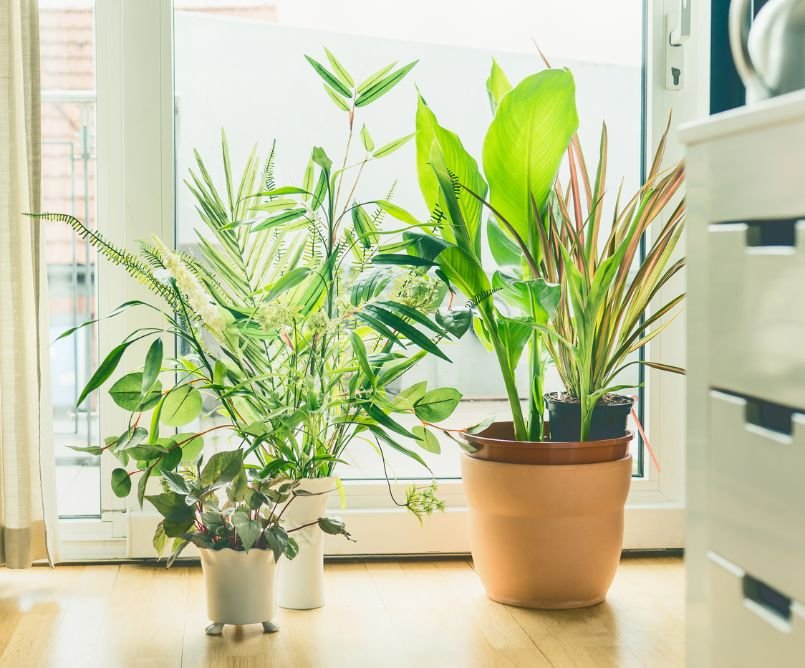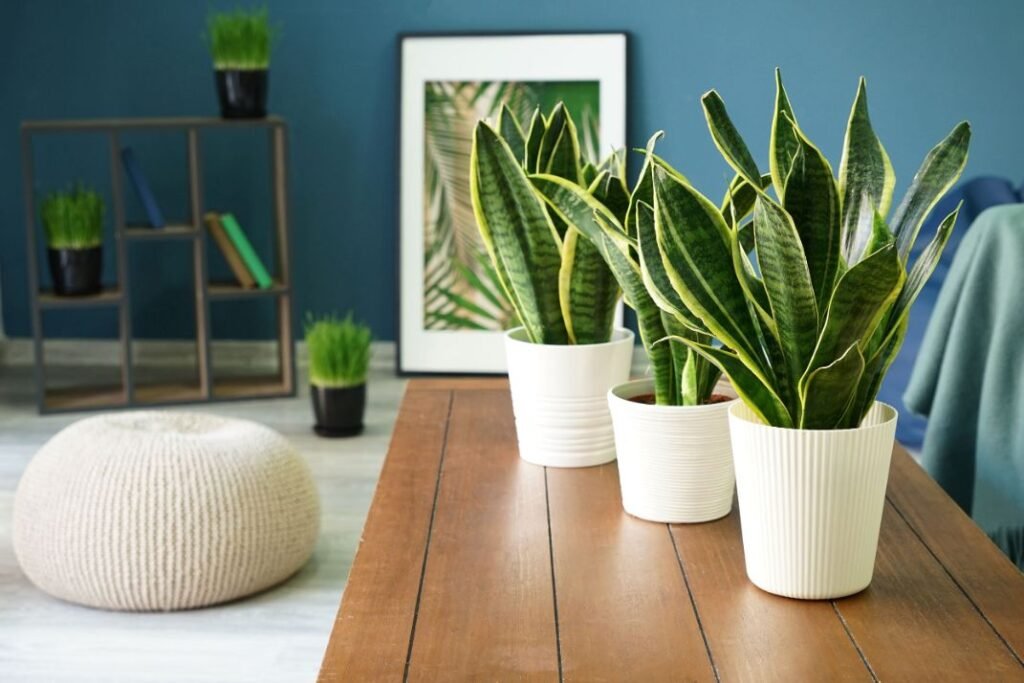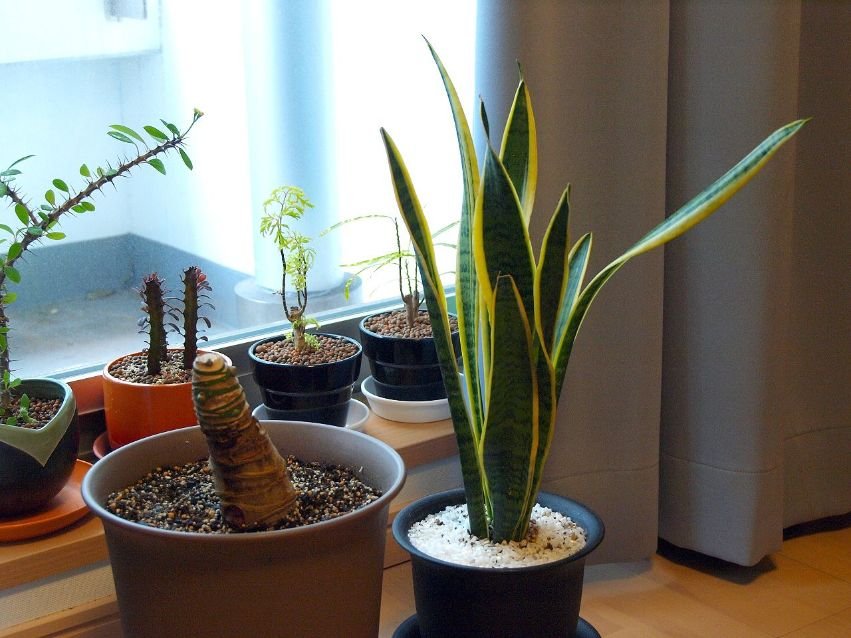
With air-borne pollution levels on the rise and indoor pollution becoming worse than the outside air of pollution, many of us are looking for ways to purify the air we breathe in.

One way to purify indoor pollution is said to be by plants, however, although some plant type can help with a clean house, the per cent that these can clean the air is very little, and scientific study types which support this theory are outdated.
So, before you go and kit your floor space out with the "best air-filtering houseplant", it's a good idea to understand why house plants should not be relied on for cleaning the air, whether or not they truly benefit the air and other alternatives that can help with purification.
The theory that a potted plant in your home can clean the air came from a NASA study centre back in the 1980s, they put a plant with leaf inside an airtight container and monitored how much VOCs it could absorb and remove from the air such as benzene and formaldehyde.

Nowadays however with more recent studies, it is said that the ability of a plant to remove toxins from the air is limited, studies that show a plant can do this were conducted in a lab environment where the space was small, not an actual house, therefore the purifying effects of a normal-sized plant are not to be trusted.
Experiments for plant purification that have been conducted since NASA to see if a common houseplant can clean the air show that they can absorb VOCs but at a very slow rate compared to the air exchange which is already going on inside buildings, therefore are not as effective.
Since house plants can help purify the air, but by very little and at a very slow rate, one might assume that having more plants will be able to clean the air faster, in fact, NASA suggested from their study that for every 100 square foot of floor space in a house, you should put one indoor size plant.

Some purifying plants that have been suggested are -
It must be noted however that more plants will not make a difference to air quality unless you have a vast amount, as indoor plants will still have a minimal cleansing effect on the air.
Even though indoor plants might not make as big of a difference to air quality as we thought, they can still have a few other benefits when having them inside of our home which you might not have considered.

We've listed a few of these benefits below.
Although all these advantages of having indoor plants are true, it is only to a small extent in terms of how they impact our lifestyle and the air we breathe, however, this doesn't mean plants are not worth having in your home at all!
If you have been disappointed to learn that your plant or the leaves on plant can't purify the air as much as you thought, there are some other more effective alternatives you can try inside of your indoor home to make the air in the house cleaner.
We've put a list of some of the best alternatives to try below.

Do plants take out oxygen at night?
Photosynthesis happens to plants to keep them alive, they release oxygen during the day but do take it at night and release carbon dioxide instead.
How many plants would you need to clean the air entirely in a house?
You would need ten to even 100 plants per square metre to clean a space effectively which is a huge amount and not attainable for most people.
Overall, house plants do have a great impact on air quality but only by a small amount, they cannot purify the air in large spaces and should not be relied on to remove pollutants from the air.
Instead, we recommend trying out some other alternatives if you want to have purer air to breathe such as an air purifier which is scientifically known to filter out bad particles in the air, b
Warning: Undefined array key "preview" in /home/u198566027/domains/bestairpurifiers.uk/public_html/wp-content/plugins/oxygen/component-framework/components/classes/comments-list.class.php on line 102